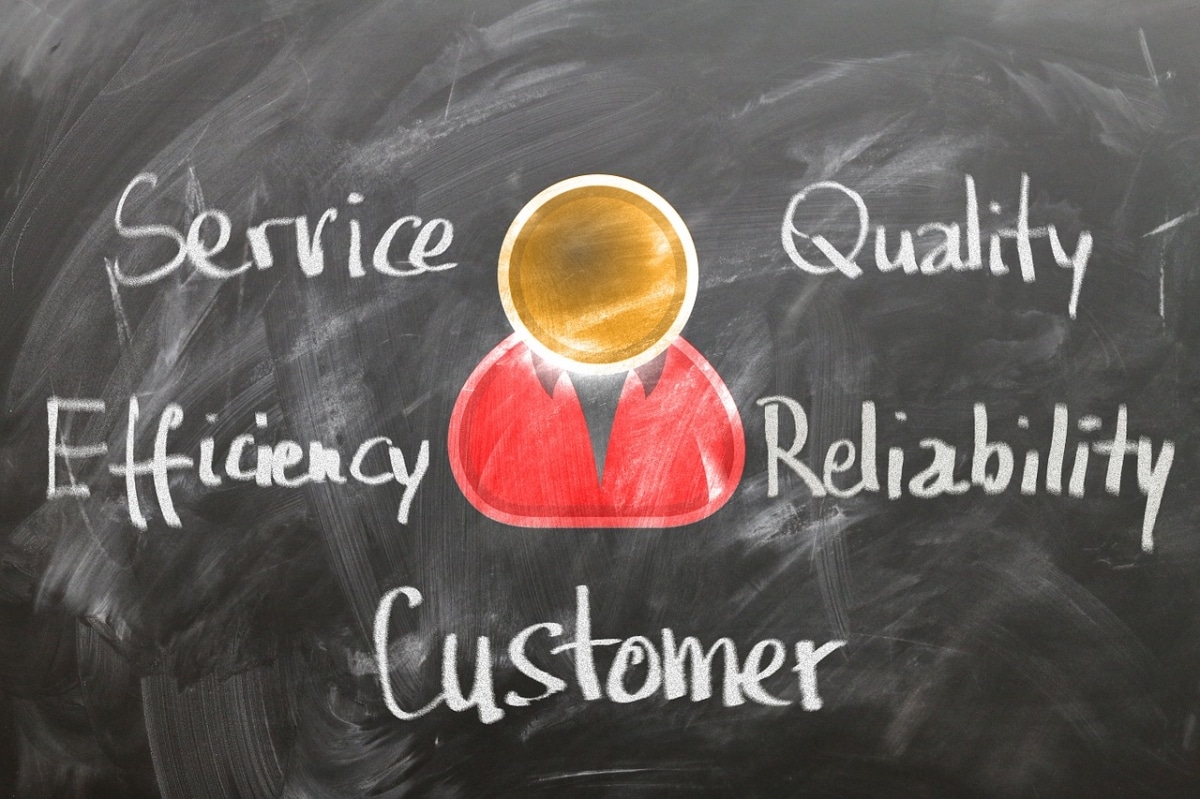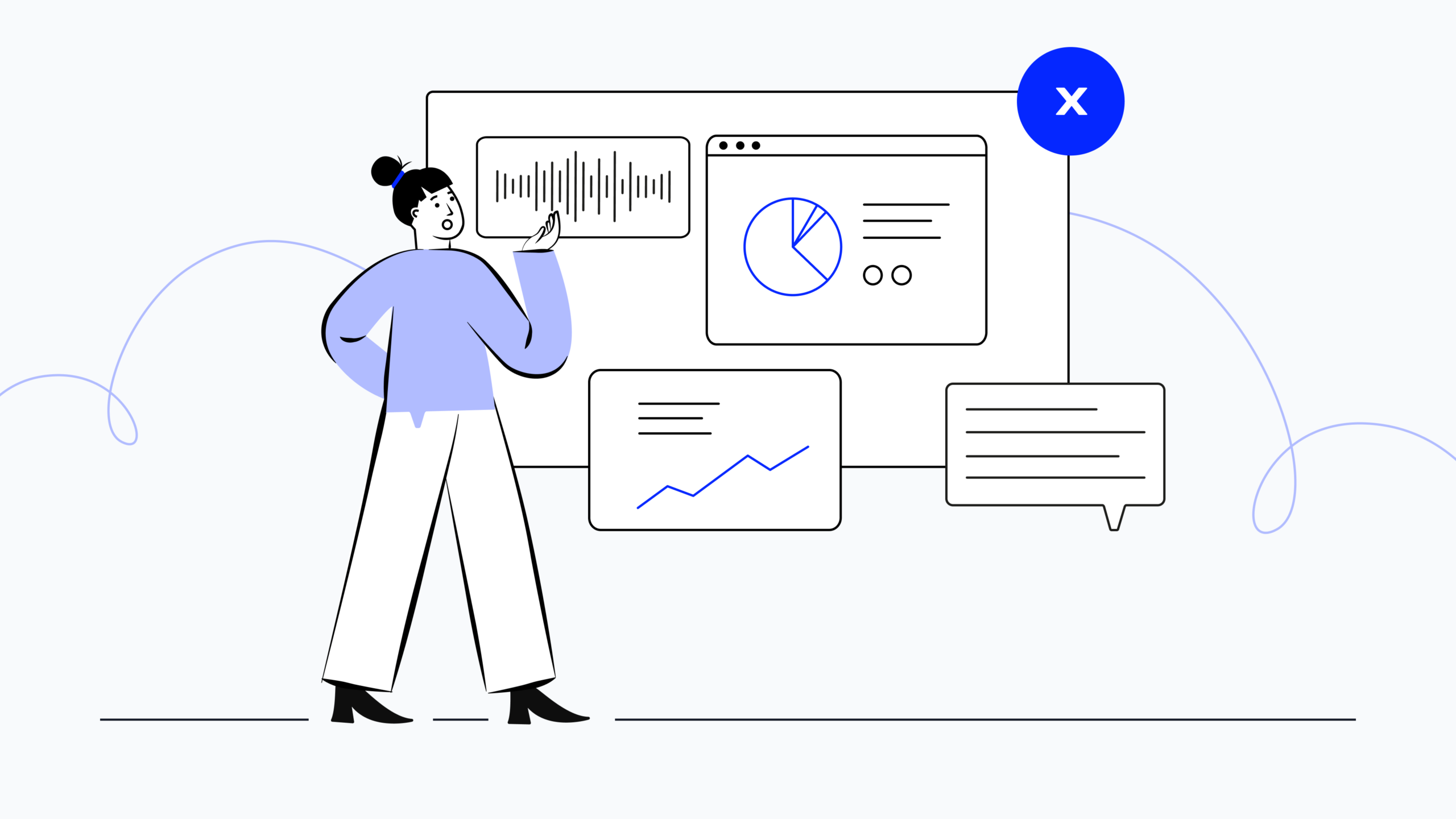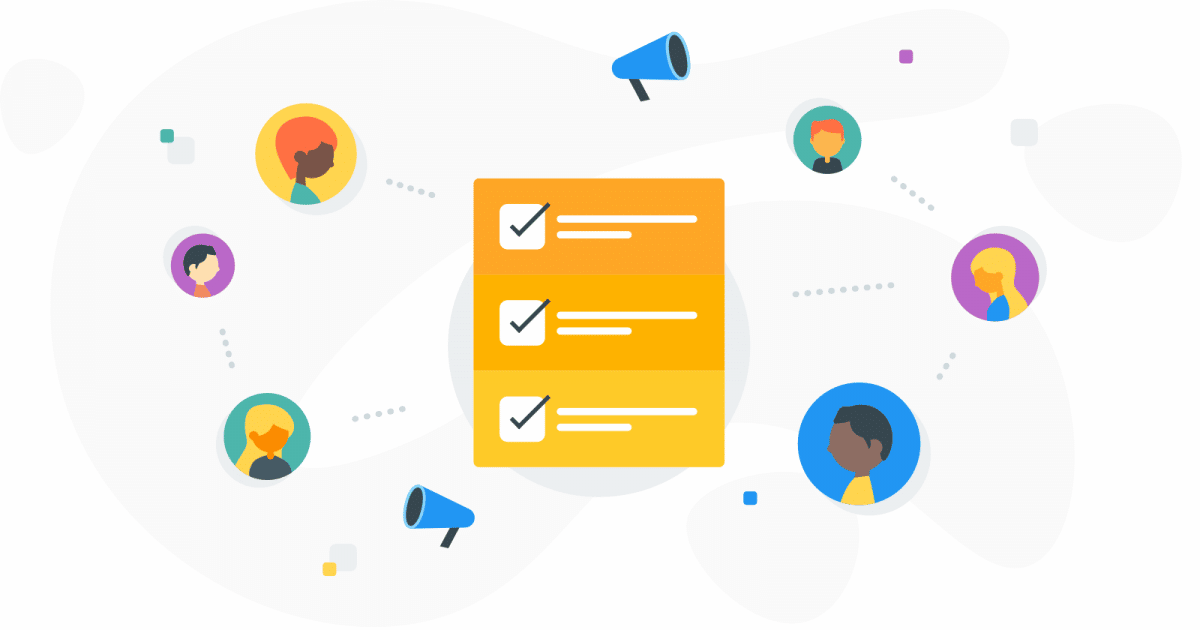
Call centers can be infamous for the quality of services they provide. To evaluate it, you need to take into consideration quite a few factors – and your client’s overall satisfaction ain’t the only one.
Today, we are going to show you an obvious correlation between the quality of service and the level of client contentment in a brand new light. Clients’ choice is no longer only about the price – it’s increasingly more often about the quality of services they can get.
How to meet in the middle for clients’ satisfaction, your team efficiency, and the results of the whole organization? Keep reading.
Learn how to provide excellent customer service
Real-time customer information
We covered this one more extensively here, but it is worth mentioning it here as well. The more you know, the better you sleep and the more satisfied both parties are. The customer doesn’t spend their precious time on providing information that can be already easily accessed by call center agents if integration is done right.
Having been acknowledged with reasons for which your clients call you, you can oversee their needs and questions and come up with solutions much quicker. To get as much data as possible, you should integrate your call center software with e.g. e-commerce software like Shopify or Bigcommerce, to combine your applications into one powerful tool for customer service.
Why would you make yourself so much hassle?
Well, your operators can have some very extensive pieces of information and background for each and every call. Knowing why a particular client calls them, they can solve their problems earlier. Having some data on their screen while talking to clients is also helpful, as you never know what bits of information come in handy.
Calls backlog
There is no way to analyze your team’s performance without looking back at what has been delivered. Also, there are a few good practices you can implement to deliver even better and even quicker.
Globally, the indicator of solving problems during the very first call varies between 70 and 75%. This means that in one hundred cases, seventy-five of them were sorted using just one connection. Needless to say how much time and nerves it can save to both parties.
It doesn’t look like this in your organization? Identify, why?
- who was responsible for taking such calls?
- why the interlocutor wasn’t satisfied with the initial solution?
- what problems, mistakes or products are the biggest troublemakers?
- did the agent have enough information to solve the problem automatically?
To detect bottlenecks, you can, for example, analyze recordings. It is not to punish anyone, it is to improve overall performance.
Another factor that can influence whether your call center is highly effective or not at all, is the time of a call. The shorter it is, the more effective you can work and plan your workflow. Although the average call time is around four minutes, you should always aim to shorten it. Therefore, agents are able to take or make more calls and serve more clients during their shifts. Of course, it does not mean to neglect the client – but if the problem can be solved quicker, then why wouldn’t you do it?
In our experience, companies who use CloudTalk claim they save 30 seconds per call. It means that each call lasts 30 seconds shorter than it was before CloudTalk was implemented in that particular organization.
Some companies count a follow-up time (after a call) as a factor influencing service quality. According to statistics, it should not take more than 6 minutes. With the support of relevant tools and integrations, sorting out each and every call can take seconds.
What else should you measure or draw your attention to? Well, how quickly the agents pick up the phone. Globally, 80% of calls are taken in the first 20 seconds (and this includes the waiting time). Sounds impressive or even impossible? There are a few ways to keep it even below 20 seconds. Ensure yourself that a sufficient number of agents are delegated for each shift, according to the number of calls on average, missing calls, or average length of a call. To do so, you can identify the “prime time” where the agents are the busiest and think of how to support it.
What else can you do to shorten the time of each call, or to decrease the number of inbound calls? Make your website as informative as it can be: with various FAQs (Frequently Asked Questions section), helpdesk, or customer feedback tab. This can save a lot of time and money, and clients may find a precise answer without calling you.
Structure
It is definitely not sufficient to have a structure of all, equal agents who do the same stuff all over and over again. To increase call productivity and improve quality, you may rethink your structure strategy.
How can you do it?
- you can involve junior agents to solve routine problems and support customer service in more common requests. Junior agents may not have enough experience to deal with more serious issues.
- agents and senior agents should be redelegated to more advanced problems or those which cannot be predicted at all.
- technical agents should be on call to solve problems that no one else from the team would be able to solve.
- sales experts should be available to talk about collaboration or promotion issues.
Additionally, assign skills, languages, and competencies to each and every agent. If you get a lot of outbound calls from Francs, agents who speak French should be at clients’ disposal and get those calls redirected.
Be sure that your team uses a lot of integrations (CRM, e-commerce or helpdesk) to automate their everyday painstaking tasks. You can also use IVR to publish these sets of information that are asked for the most: for instance, contact data, address or opening hours.
Onboarding
The key to team success is in onboarding. Without it, even creating the best structure may be full of flaws.
Show the procedures in every single detail. The more you show, the fewer questions you may get. Agents should work quickly, adapt to any situation accordingly, and with maintaining the highest quality possible. On top of that, they should be familiar with corporate culture and internal processes.
Punishing agents is unacceptable, but motivating – warmly welcomed. You can analyze their recordings in order to improve the quality, you can introduce some awards for the most effective agents. Comparing different types of approaches between agents you can work out the best way of handling clients’ complaints or issues.
Key takeaways
Working in a call center is not always rainbows and butterflies, but it does not mean that you can’t improve both customer experience and agents’ experience. By implementing a set of procedures, you can visibly and positively impact service quality in a call center. If agents are motivated, well-skilled, and have access to tools to make their work easier, they will handle more calls in a shorter time, increasing clients’ satisfaction. Of course, changes do not happen overnight, but it is better to take the very first step right now – even with CloudTalk.
















